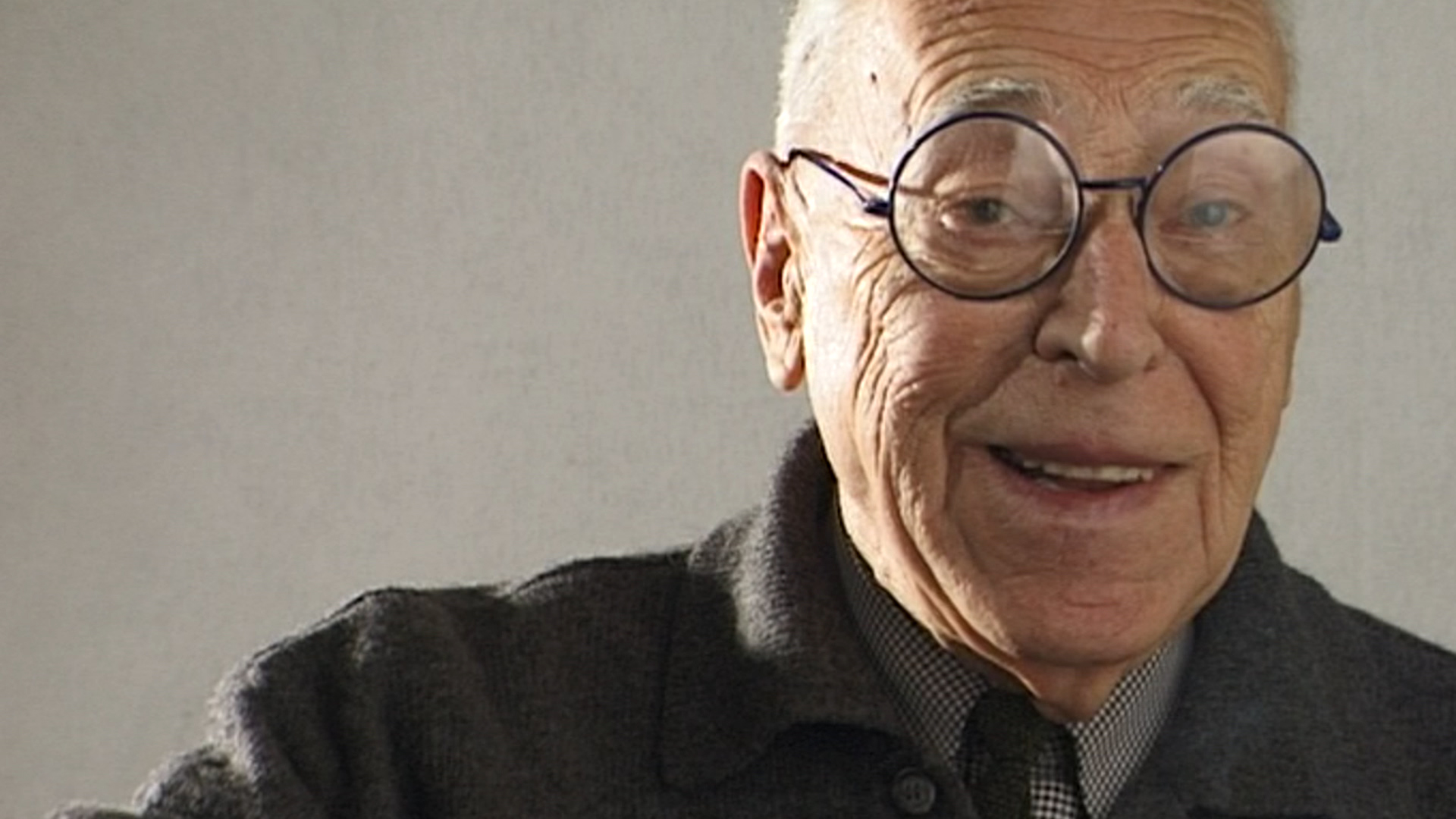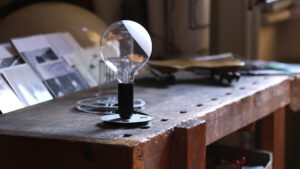
By Valentino Marengo, Visual artist, Product designer
Dear Achille,
I am writing to thank you for your advice on how to address the development of a project—regardless of whether it regards the development of a product, curation of an exhibition, or the way one can observe and analyze even the most seemingly banal object, gesture, and attitude.
Your belief to establish a dialogue with whoever is going to use a given designed product is very enlightening. As you say, the way we approach design relates to a specific situation and context, and, thus, it needs to be considered on a case-to-case basis.
I have just finished watching that immensely interesting documentary dedicated to you, 100 years after your birth, Achille Castiglioni. Tutto con un Niente. What a beautifully intimate portrait of yours: You talk about how, in your projects, the function determines the shape and how it is vital to eliminate what is superfluous to identify the principal component of the design.
I find the last scene where you read what I would call a piece of universal advice simply perfect! You say that: “Experience grants no certainty nor sureness, instead, it increases the chances for error,” and you finish by stating that: “It’s better to start anew with humility each time, to avoid the risk of turning experience into sneakiness.” I consider this the core of creativity: one needs to put his/her ego aside, remaining honest with oneself and others, and start over each time, to avoid repetition, and do things differently.
Recently, I have read an in-depth article about you by Yosuke Taki. He is a very keen observer, as he points out how your approach to design could be compared to “nature’s creativity,” being so close to the idea of ecology and sustainability. He goes on to talk about the Parentesi lamp (1971), and how it represents an example of high-quality design responding to the function of illuminating while remaining almost invisible as an object. Something, which today can potentially do with the LED light sources, like Davide Groppi’s lighting systems, right?
You share: “…design must not be too visible…”; maybe it shouldn’t be visible at all. Sorry for quoting you again, but I think you articulate the matter in the most precise way possible: “an object of design is the outcome of the joined efforts of many people with different specific skills – technical, industrial, commercial and aesthetic. The designer’s job is to combine this collective work artfully.”
This great humanity of yours, your way of placing the human being at the centre of things, is what I admire most in you, and I think it is one of the rarest values instilled in your work.
I listened to a recording of one of your lectures where you were describing various types of scissors, explaining how their shape was the result of a need for a particular function. Then you invited students to feel what the object was expressing. After all, one needs to be curious to be a designer, right? One needs to observe, and look outward, in order to awaken that primeval creative impulse.
I wish I could have been one of your students. I wish I could have had the honour to attend one of your wonderful lectures, and witness you presenting your found objects, those ‘humble masterpieces,’ that you kept in your office like treasures, from which you managed to extract the beauty, and bring forth the essence.
Thank you for the wealth of 306 objects—lamps, tables, and chairs, that you left to accompany us in our ordinarily sacred daily moments, along with 490 exhibits and 191 architectural projects. They all tell us about you, your grandiosity, and your unique way of interpreting life, which continues to build bridges between generations.
I will be coming to Milan for the Design Week, and I will definitely stop by your foundation2: The place that fondly holds your thoughts, dreams, and amusing nature. The atelier, where you gave meaning to a new way of doing, seeing, and relating with our surroundings.
Un abbraccio,
V.
1 Achille Castiglioni’s nickname, ‘il cici,’ from ‘cicinin,’ Milanese for “the little one”.
2 The Achille Castiglioni Studio–Museum, Piazza Castello 27, Milano.

Film Still © Achille Castiglioni. Tutto con un niente, Valeria Parisi, Italy, 2018, 45΄

“Rompitratta” (1968), Photo ©Taki
.
.
.
Valentino Marengo was born in 1968 in Turin. He studied at the Academy of Fine Arts in Turin and continued his training with a Master in Product Design at the Domus Academy in Milan. He lives today in Athens where he works as an Industrial designer for Greek and Italian companies and as scenic designer. He collaborated in 2004 with the Pininfarina Extra design team, among others, the concept of the Olympic torch for its Winter Olympics Turin 2006. As a set designer, he has worked for State Theaters and other stages in Greece. He collaborates with the Benaki Museum and the Museum of Cycladic Art. Recently designed the logo of the Athens Opera. As a visual artist, he has shown his work in many exhibitions in Europe and the US.
Content Curation by Annie Markitanis